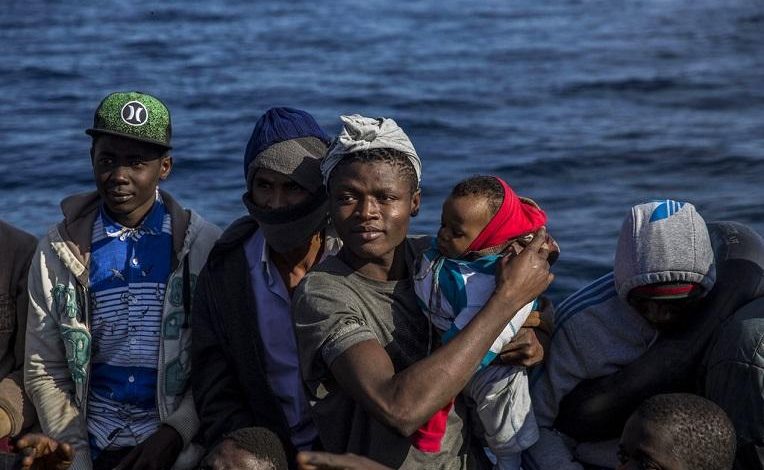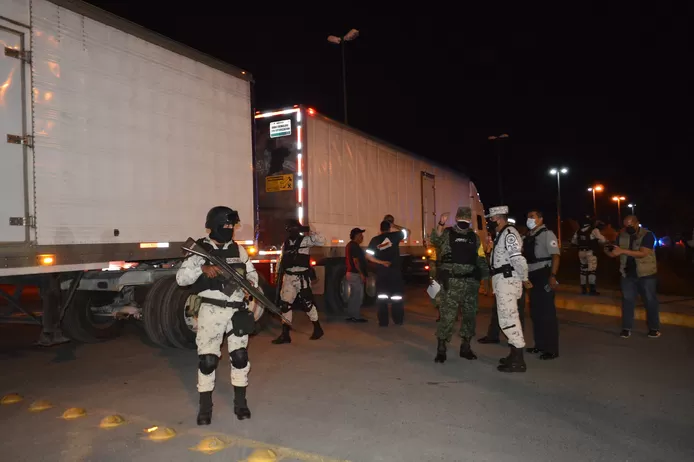Fewer migrants via the western and central route to Europe

Since the beginning of this year, the number of detected migrants arriving in Europe via the western and central Mediterranean route has decreased, while the number arriving via the eastern route has dramatically increased. Today, this is shown by data from the European Border and Coastguard Agency Frontex.
With 14,400 migrants, the inflow via the main migration routes to Europe was 25 percent lower in November than in October. The total inflow of the past eleven months decreased by 10 percent to 124,600.
The arrival via the Aegean Sea decreased by 20 percent in November, but that was mainly due to the bad weather. Over the first 11 months of this year, more than 74,100 people came via the Eastern Mediterranean route, which represents an increase of 42 percent compared to 2018.
In the Western Balkans, away from the sea, in November more then illegally crossed the border 1,900 times. In the first eleven months of 2019, that happened more than 10,600 times, more than twice as much as the year before.
Around 1,200 migrants came via the central Mediterranean route – mainly Italy – which is nearly half as much as in October. The first 11 months of this year were around 13,200, roughly half as much as in 2018.
Via the Western Mediterranean route – mainly Spain – with 950 people, 80 percent fewer migrants arrived in November, compared to October. Looking at the whole of 2019, so now, there are about 22,000, which is less than half of the number in the same period last year.





One of the main reason why there is increase of migration in other countries is because of the ongoing war in some parts of Africa as well as as the climate change which have been a a key factor why these people fled their country. The war can be stop but if it’s mother nature we are dealing with then there is no possible way to stop calamities from happening.